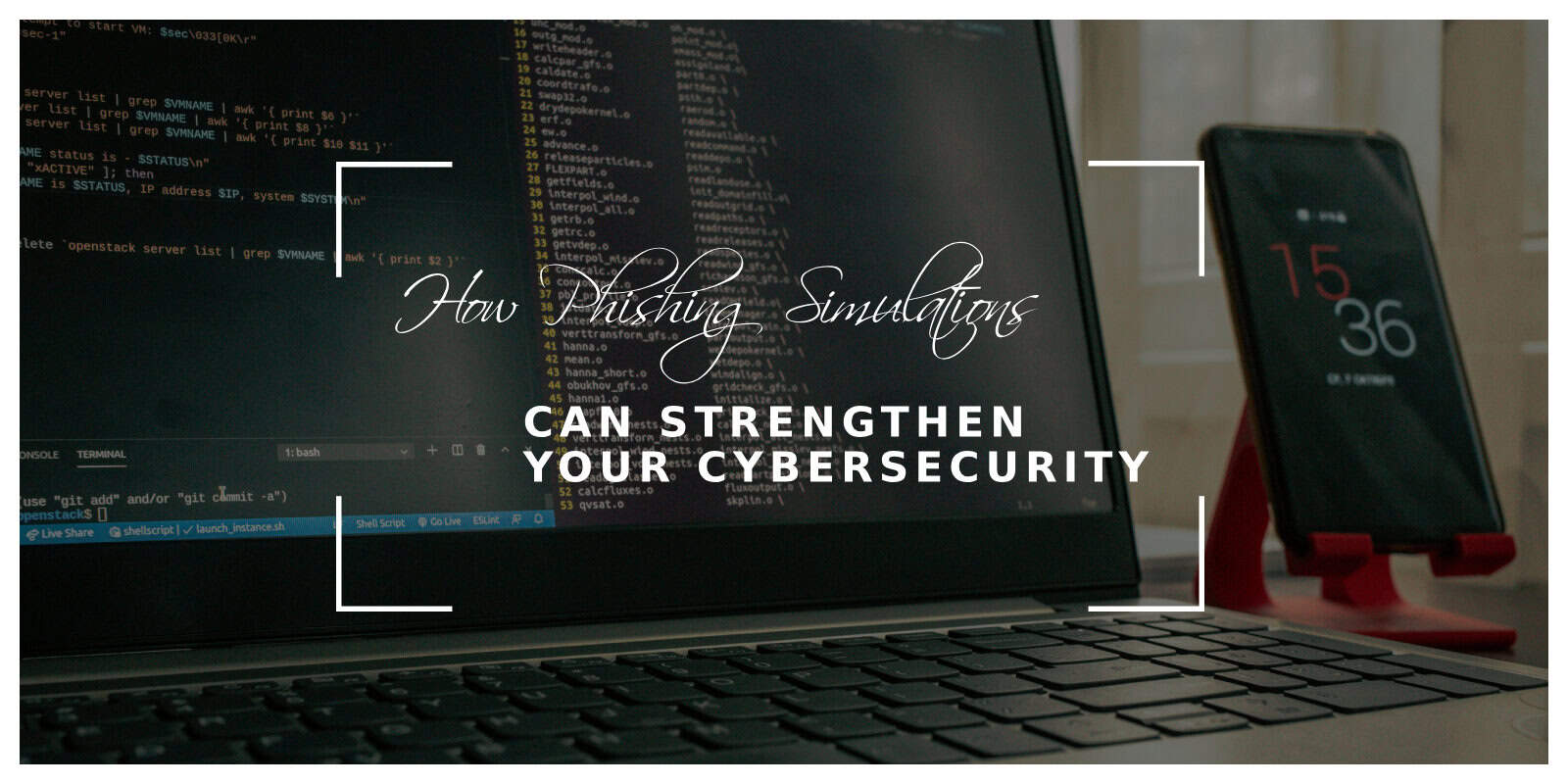In today’s digital age, cybersecurity is a paramount concern for organizations of all sizes. One of the most common and effective methods cybercriminals use to breach security is phishing. Phishing attacks involve deceptive emails or messages designed to trick recipients into revealing sensitive information or installing malicious software. Despite the growing awareness of phishing threats, many organizations still fall victim to these attacks. This is where phishing simulations come into play as a powerful tool to bolster cybersecurity defenses.

Understanding Phishing Attacks
Before delving into the benefits of phishing simulations, it’s important to understand the mechanics of phishing attacks. Phishing typically involves an email that appears to be from a legitimate source, such as a bank, social media platform, or even a coworker. These emails often contain a sense of urgency, encouraging recipients to click on a link or download an attachment. Once the victim takes the bait, they may be directed to a fake website that mirrors a legitimate one, prompting them to enter login credentials or other sensitive information. Alternatively, the attachment may install malware on the victim’s device.
Phishing attacks can have devastating consequences, ranging from data breaches and financial losses to reputational damage. The success of these attacks often hinges on human error, making employee training and awareness crucial components of any cybersecurity strategy.
What Are Phishing Simulations?
Phishing simulations are controlled exercises designed to mimic real-world phishing attacks. These simulations are typically conducted by cybersecurity professionals or third-party vendors who specialize in training and awareness programs. The goal is to test employees’ ability to recognize and respond to phishing attempts in a safe environment. Here’s how phishing simulations can strengthen your cybersecurity:
1. Raising Awareness
One of the primary benefits of phishing simulations is that they raise awareness among employees. Many individuals, especially those who are not tech-savvy, may not fully understand the risks associated with phishing. By conducting regular simulations, organizations can educate their workforce about the tactics used by cybercriminals and the potential consequences of falling for a phishing scam. Awareness is the first line of defense against phishing attacks.
2. Identifying Vulnerabilities
Phishing simulations provide valuable insights into an organization’s vulnerabilities. By analyzing the results of these exercises, cybersecurity teams can identify which employees or departments are more susceptible to phishing attacks. This information is crucial for tailoring training programs and implementing targeted security measures. For example, if a particular department consistently falls for phishing simulations, additional training and monitoring can be put in place to mitigate the risk.
3. Improving Response Times
In the event of a real phishing attack, quick action is essential to minimize damage. Phishing simulations help employees develop the skills needed to recognize phishing attempts and respond promptly. This can include reporting suspicious emails to the IT department, avoiding clicking on suspicious links, and verifying the authenticity of unexpected messages. By practicing these responses in a controlled environment, employees are better prepared to react swiftly and effectively in real-life scenarios.
4. Enhancing Security Policies
Phishing simulations can also highlight weaknesses in an organization’s existing security policies and procedures. For example, if employees consistently fail to report phishing attempts, it may indicate a need for clearer guidelines on reporting suspicious activity. Additionally, simulations can reveal gaps in email filtering and spam detection systems, prompting organizations to invest in more robust cybersecurity solutions.
5. Fostering a Security-Conscious Culture
Creating a culture of cybersecurity awareness is essential for long-term protection against phishing attacks. Phishing simulations can play a pivotal role in fostering this culture by emphasizing the importance of vigilance and proactive behavior. When employees understand that they are an integral part of the organization’s cybersecurity efforts, they are more likely to take security seriously and adopt best practices in their daily work.
Best Practices for Implementing Phishing Simulations
To maximize the effectiveness of phishing simulations, organizations should follow these best practices:
- Regularly Schedule Simulations: Conduct phishing simulations on a regular basis to keep employees on their toes. Vary the frequency and complexity of the simulations to ensure that employees remain vigilant.
- Provide Immediate Feedback: After each simulation, provide immediate feedback to employees. Explain what they did right and where they went wrong. Use these opportunities as teaching moments to reinforce good security practices.
- Tailor Training Programs: Use the data gathered from phishing simulations to tailor training programs to address specific weaknesses. Offer additional training to employees who need it and reward those who demonstrate strong security awareness.
- Maintain Realism: Ensure that phishing simulations closely mimic real-world phishing attacks. The more realistic the simulation, the better prepared employees will be for actual threats.
- Encourage Reporting: Encourage employees to report phishing attempts, even if they suspect they may have fallen for the simulation. Create a non-punitive environment where employees feel comfortable reporting suspicious activity.
Conclusion
Phishing simulations are a valuable tool for strengthening an organization’s cybersecurity defenses. By raising awareness, identifying vulnerabilities, improving response times, enhancing security policies, and fostering a security-conscious culture, these simulations can significantly reduce the risk of falling victim to phishing attacks. In an era where cyber threats continue to evolve, investing in phishing simulations is a proactive step toward safeguarding sensitive information and maintaining the trust of customers and stakeholders.

